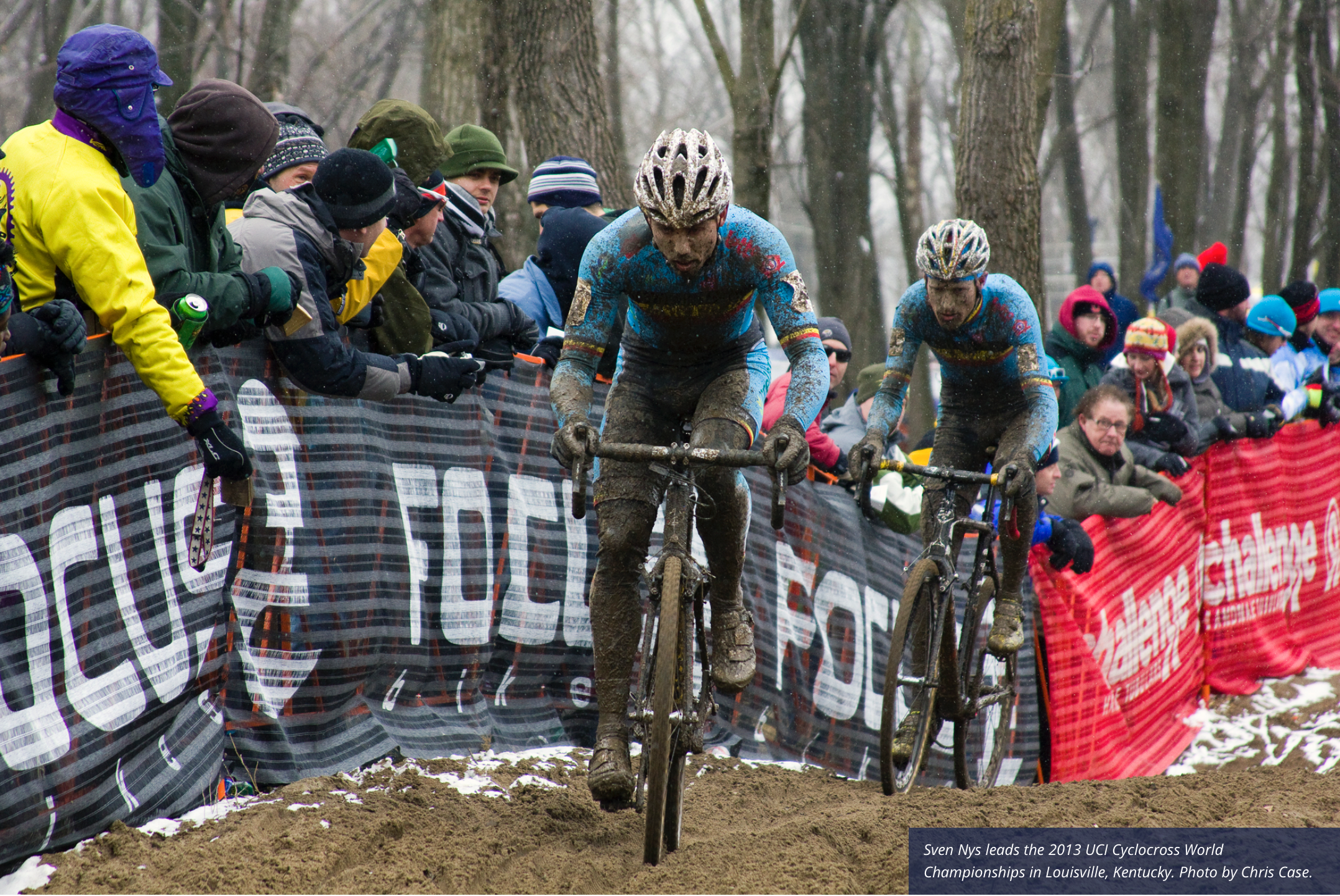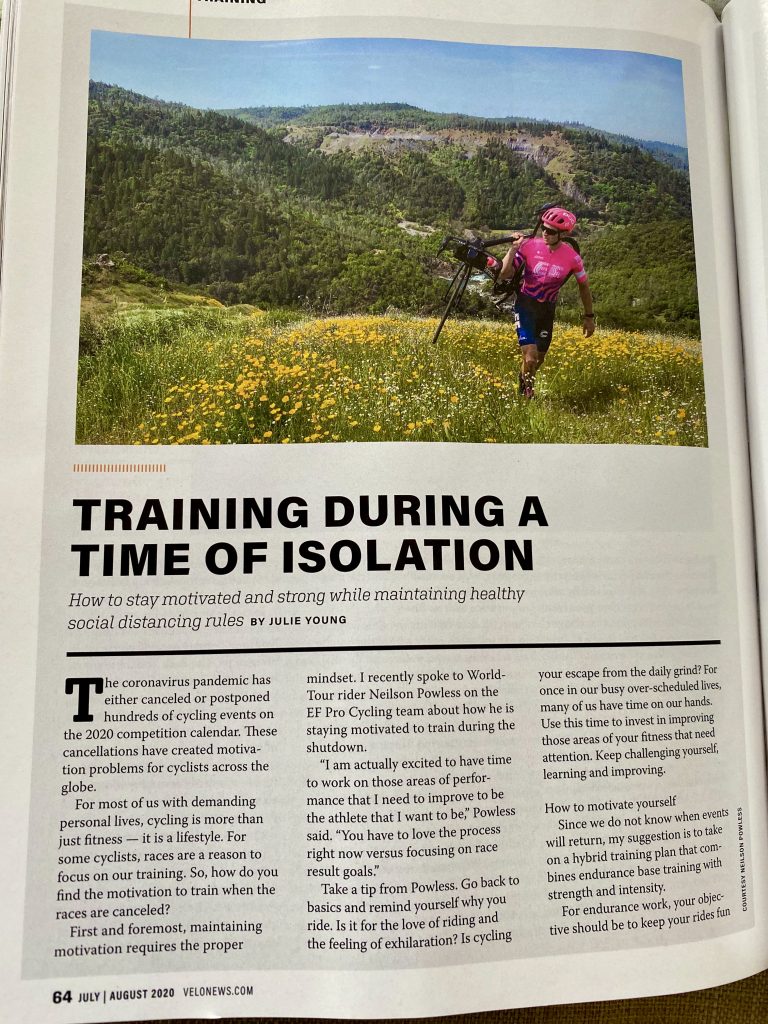A Beginner’s Guide to Cyclocross – Fast Talk Laboratories August 27, 2021
Coach Julie Young breaks down the art and training of cyclocross—from training to skills, racing to drills.
Curious about ’cross?
Maybe you’ve heard about the potential for nasty weather during ’cross season and that has, thus far, scared you away? Perhaps you think you’re likely to crash and hurt yourself—or your precious bike—so you’ve stuck to racing on paved surfaces. Or maybe you just don’t think you’d enjoy the pain and intensity of ’cross.
Whatever you’re thinking, set that aside. In my humble opinion, cyclocross is the most fun you can have on a bike—and that’s coming from someone who has spent decades racing all kinds of bikes.
First, it is a great entry point to cycling. The atmosphere is fun, sometimes even silly, and never intimidating. Another accessible aspect of ’cross racing is that the distance is doable, and the training is not nearly as time intensive as some of the other cycling disciplines. Races typically last 30 minutes for the beginner categories. And, often, the race venues are like playgrounds for bikes.
Since cyclocross season starts in the fall when the days begin to get shorter and the weather gets crisper, it helps to have something fun and challenging to pursue to keep the motivation high—that provides plenty of reasons to keep moving and stay fit.
Cyclocross also provides countless opportunities to improve many technical aspects of your cycling. Due to the various challenges thrown at you in a ’cross race, your handling skills improve exponentially and you become more “at-one” with your bike.
The courses are primarily set on grass, dirt, or mud, with some sand thrown in here and there. These soft landings provide low consequences when you’re trying to improve your skills through trial and error. The short duration, high-intensity nature of cyclocross—a lot of time at threshold with bouts of VO2max and anaerobic capacity—sharpens the pointy end of your fitness.
Hopefully these attributes of cyclocross have whet your appetite. Now let’s get into some of the specific training and racing practices that will help you flourish.

The terrain
As with any cycling race, it helps to evaluate the specifics of that event to understand its demands—and then tailor your training to mentally and physically prepare for the effort. Cyclocross courses and their demands car vary drastically depending on where you live, .
For example, where I live and race in Northern California, the courses are typically drier, with lots of grass, off-camber sections (where the arc of the corner runs counter to the slope of the hill, making it challenging to balance and corner), hairpin corners, and sand pits.
In other parts of the country and world, you should expect to contend with muddier, slicker, root-strewn courses and wetter, sloppier conditions.
Barriers are commonplace in cyclocross—these wooden planks necessitate that most people dismount their bike as quickly as possible, leap over the obstacle, then remount the bike. (Some people are able to bunny hop the barriers without dismounting.)
Some courses will also include run-ups where “shouldering” the bike—carrying the bike on your shoulder—or “suit-casing” the bike—lifting the bike off the ground by grabbing the top tube—is required.
Off-the-bike training…
If you are interested in reading the rest of this article and checking out more insightful content to help you be your best athlete, visit Fast Talk Laboratories.







